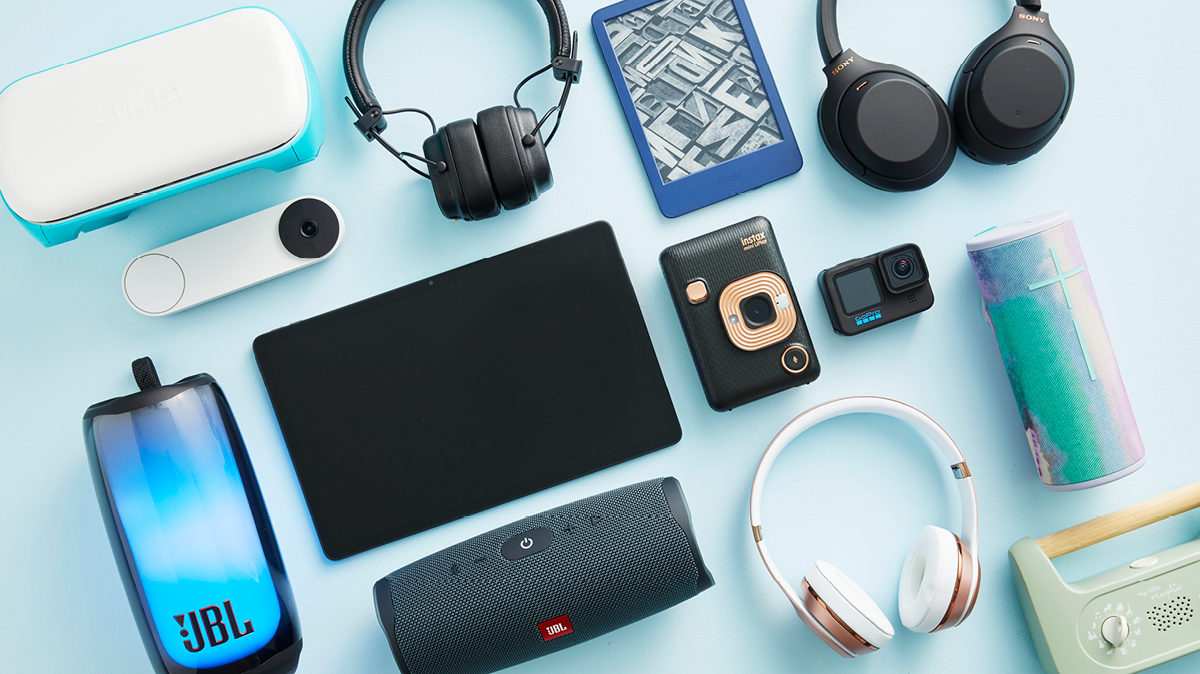Technology is advancing rapidly, and new gadgets—from smartphones and laptops to smartwatches and tablets—are released almost every month. While these devices can make life easier, choosing the right one that suits both your needs and budget can be challenging. With so many options, it’s easy to overspend or buy something that doesn’t deliver real value.
The key is to strike a balance between functionality, quality, and cost. In this article, we’ll guide you through practical steps to choose the perfect gadget without breaking the bank.
1. Identify Your Needs First
Before you start comparing price tags or flashy features, ask yourself: Why do I need this gadget?
- Are you buying a smartphone for photography, gaming, or basic calling and texting?
- Do you need a laptop for heavy work like video editing, or just for browsing and office tasks?
- Is a smartwatch a lifestyle accessory, or do you want advanced health-tracking features?
By identifying your specific needs, you’ll avoid overspending on features you’ll never use.
2. Set a Realistic Budget
Once you know what you need, set a clear budget range. This helps narrow down your choices and prevents impulse buying.
For example:
- Smartphones: ₹15,000–₹25,000 for mid-range, ₹25,000–₹60,000 for premium.
- Laptops: ₹30,000–₹50,000 for basic, ₹50,000–₹1,00,000+ for advanced users.
- Smartwatches: ₹3,000–₹10,000 for fitness-focused, ₹10,000–₹30,000 for premium features.
Tip: Always set a maximum budget, but leave room for flexibility if a slightly higher-priced gadget offers better long-term value.
3. Compare Features, Not Just Price
A lower price doesn’t always mean better value. Compare features that matter most to you.
- For smartphones: camera quality, battery life, display, and storage.
- For laptops: processor, RAM, storage type (SSD vs HDD), and screen quality.
- For smartwatches: battery backup, compatibility with your phone, health tracking.
Focus on performance, not unnecessary add-ons. Don’t pay extra for features you’ll never use.
4. Read Reviews and User Feedback
Online reviews, YouTube videos, and user ratings are powerful tools for decision-making. Professional reviewers often test devices in detail, while everyday users highlight real-world pros and cons.
- Check reviews from trusted tech sites.
- Watch unboxing and long-term usage reviews.
- Look for recurring complaints—like heating issues, poor battery, or weak customer service.
This helps you avoid regrets later.
5. Consider the Brand and After-Sales Service
A gadget is only as good as the support behind it. Reputable brands usually offer better warranty coverage, reliable service centers, and timely software updates.
Sometimes, spending a little extra on a brand with strong after-sales service is worth it compared to buying a cheaper device with no support.
6. Look for Discounts and Deals
Why pay the full price if you don’t have to?
- Check festive sales on platforms like Amazon, Flipkart, or brand websites.
- Use bank offers, cashback, or exchange programs to save money.
- Consider buying older models—they often have similar performance but at lower prices once a new version is launched.
Tip: Always ensure the seller is verified to avoid counterfeit products.
7. Think About Long-Term Value
A cheap gadget that breaks down quickly isn’t really “budget-friendly.” Think about durability and resale value.
- Does the device get regular software updates?
- Is the build quality strong enough to last 2–3 years?
- Will it hold resale value if you upgrade later?
Sometimes spending slightly more upfront saves you money in the long run.
8. Don’t Ignore Compatibility
Make sure your new gadget works seamlessly with your existing devices. For example:
- A smartwatch should be compatible with your smartphone’s operating system.
- A laptop should support the software you plan to use.
- Accessories like chargers, earphones, and cases should be easily available.
Buying a gadget that doesn’t integrate well with your current setup can lead to extra, hidden expenses.
9. Explore Financing Options (If Needed)
If your budget is tight but you need a gadget urgently, consider safe financing options. Many retailers offer no-cost EMIs, buy-now-pay-later schemes, or student discounts.
However, avoid overcommitting to debt for features you don’t really need. Always calculate the total cost before agreeing to financing.
10. Trust Your Research, Not Just Marketing
Advertisements are designed to make gadgets look irresistible. But the latest shiny device isn’t always the best for you. Trust your research, reviews, and budget planning instead of falling for marketing hype.
Final Thoughts
Choosing the right gadget doesn’t have to be overwhelming or expensive. By focusing on your needs, setting a budget, comparing key features, and checking reviews, you can make a smart purchase that fits your lifestyle and wallet.
Remember: the “best gadget” isn’t always the most expensive one—it’s the one that serves your purpose, lasts longer, and gives you the most value for your money.
So next time you’re shopping for a new device, keep these tips in mind. Your wallet (and your peace of mind) will thank you.
